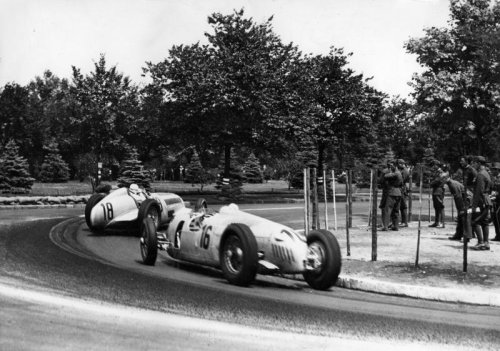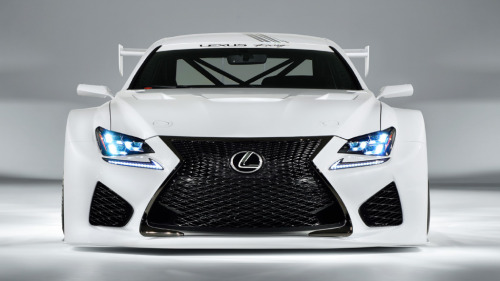The History of Race Car Design.
Yahoo
As long as there have been motorcars, there has been motor racing. The desire to go faster, to brake quicker, to turn more sharply has pushed racing cars to new heights, with many of the innovations eventually making their way into passenger cars.
Early racing cars drew heavily on other forms of transport for design inspiration. The first prearranged race between two self-powered road vehicles took place in the USA in 1867, and was won by a machine based on an old train carriage.
What’s considered to be the world’s first motoring completion was held in France in 1894, and was promoted as Concours des Voitures sans Chevaux (Competition for Horseless Carriages).
As that suggests, the cars were based on the carriages typically pulled by horses, and the winning vehicle managed an average speed of just 19kmh.

As engines became more powerful the design began to change, with the first true race cars being developed. By the 1930s engines could produce up to 600bhp, so aerodynamics became crucial. Aluminium was used extensively to reduce weights – some cars even went without paint to shave off a few grams.
Lexus only entered motor racing in 1999 but made instant waves with four podium finishes in nine races thanks to the power and agility of two GS 400s. In the years since Team Lexus has gone on to enjoy a string of successes, culminating in the unveiling of the RC F GT3 concept car, the ultimate expression of the latest in racing design.

Based on the RC F Sports Coupe, it’s lighter, wider, lower and more aggressive than anything that has come before. By using the latest hi-tech materials (as well as good-old fashioned design prowess) weight has been lowered to just 1,250kg, despite its powerful V8 engine which is capable of producing more than 540bhp.
Today’s race cards are radically different from those of 100 years ago. Where will racing design take us in the future? Perhaps the Lexus RC F GT3 provides a glimpse.
![The History of Race Car DesignYahoo[[MORE]]As long as there have been motorcars, there has been motor racing. The desire to go faster, to brake quicker, to turn more sharply has pushed racing cars to new heights, with many of the innovations eventually making their way into passenger cars.Early racing cars drew heavily on other forms of transport for design inspiration. The first prearranged race between two self-powered road vehicles took place in the USA in 1867, and was won by a machine based on an old train carriage.What’s considered to be the world’s first motoring completion was held in France in 1894, and was promoted as Concours des Voitures sans Chevaux (Competition for Horseless Carriages).As that suggests, the cars were based on the carriages typically pulled by horses, and the winning vehicle managed an average speed of just 19kmh.As engines became more powerful the design began to change, with the first true race cars being developed. By the 1930s engines could produce up to 600bhp, so aerodynamics became crucial. Aluminium was used extensively to reduce weights – some cars even went without paint to shave off a few grams.Lexus only entered motor racing in 1999 but made instant waves with four podium finishes in nine races thanks to the power and agility of two GS 400s. In the years since Team Lexus has gone on to enjoy a string of successes, culminating in the unveiling of the RC F GT3 concept car, the ultimate expression of the latest in racing design.Based on the RC F Sports Coupe, it’s lighter, wider, lower and more aggressive than anything that has come before. By using the latest hi-tech materials (as well as good-old fashioned design prowess) weight has been lowered to just 1,250kg, despite its powerful V8 engine which is capable of producing more than 540bhp.Today’s race cards are radically different from those of 100 years ago. Where will racing design take us in the future? Perhaps the Lexus RC F GT3 provides a glimpse.](http://40.media.tumblr.com/68b386240e8c6dba72fe2f828bc9f686/tumblr_nxdu3zyDr81uiqas8o1_500.jpg)
Post a Comment